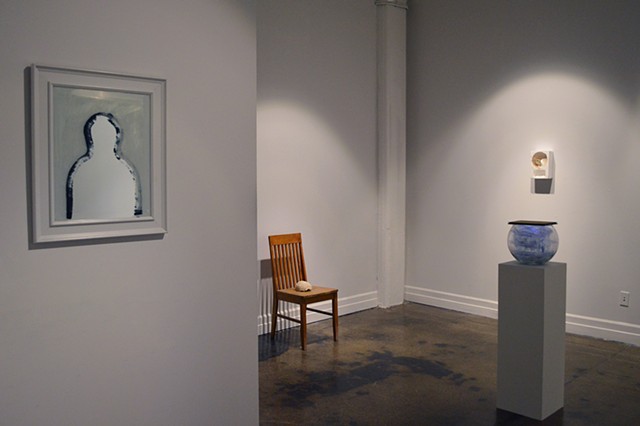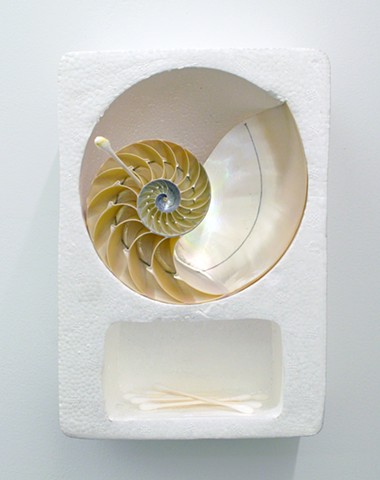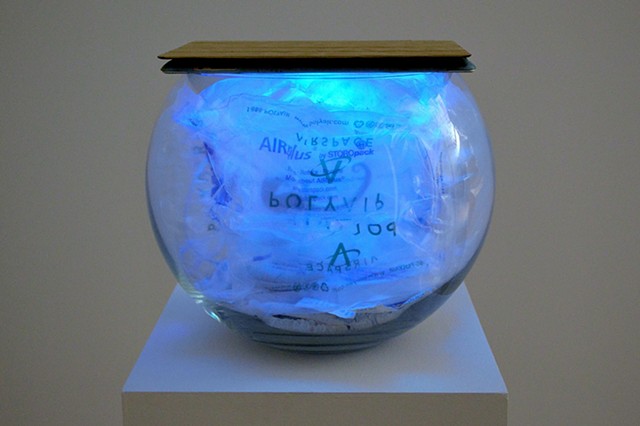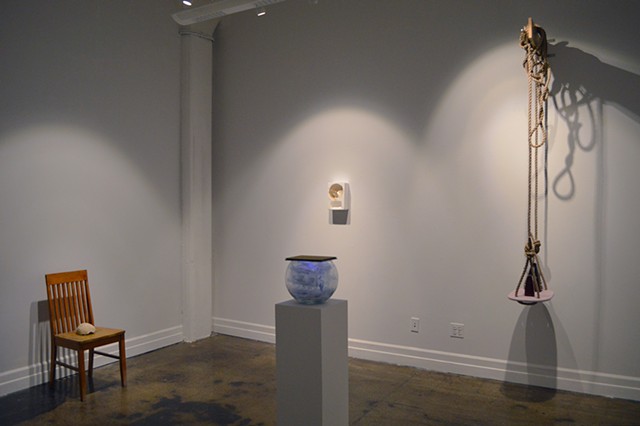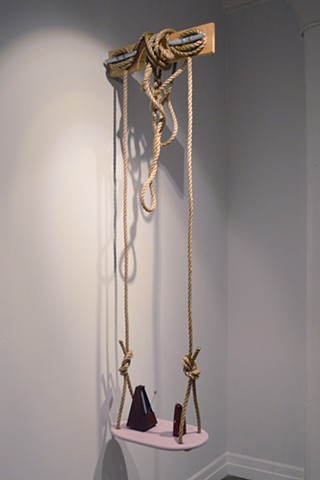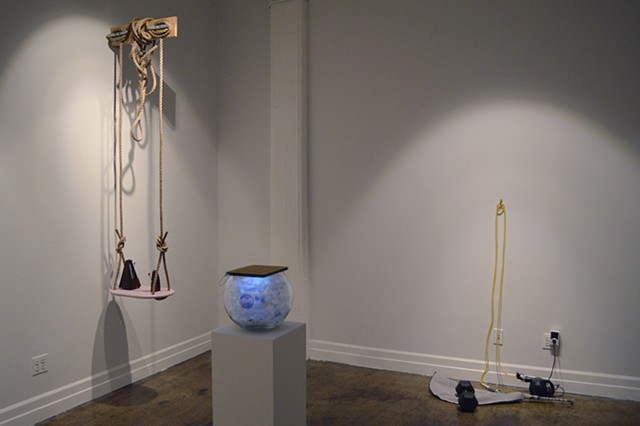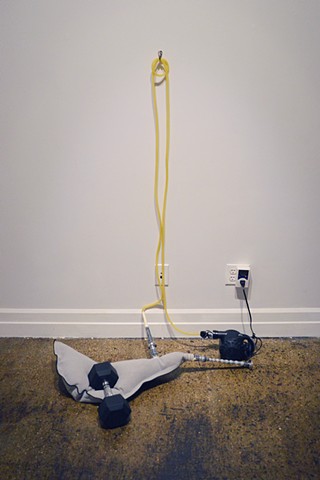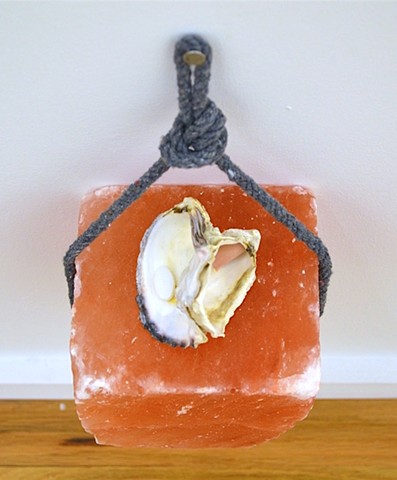Breathing Room
Breathing Room
Christopher Lin
April 6 - April 30, 2017
Ray Gallery
Humans do not need to actively breathe. We breathe automatically, sucking in and exchanging air unconsciously throughout our lives.
Cetaceans, such as whales and dolphins, do not automatically breathe. The diving reflex, exhibited strongly in aquatic mammals but present in all air-breathing vertebrates including humans, overrides the basic homeostatic reflex to breathe. Temperature sensitive receptors in the body sense immersion or submersion and automatically trigger the diving reflex. While the diving reflex is induced, oxygen is distributed preferentially to the heart and brain, and heart rate decreases. Blood is redirected from the limbs and all other organs, concentrating flow to the heart-brain circuit for conservation and survival.
Breathing room is a room for breathing. It is a rest stop from our automated respiration--a space to practice conscious inhalation and exhalation.
